
Exploiting the core values of folk culture will be the key to developing tourism for each locality.
Search for folk cultural tourism products
Folk cultural tourism products are a package of services and goods built on the basis of folk cultural resources and tourist needs, depending heavily on folk cultural tourism resources. In areas with rich, unique resources and many values, attractive tourism products will be created.
The resources of folk culture tourism in our country are very diverse and rich (there are 54 ethnic groups with 200 local groups) in many regions, many ethnic groups have tourism resources with specific characteristics, easily attracting tourists. The richness of resources and high specificity have created favorable conditions for diverse and attractive folk culture products with high ability to attract tourists.
Folk cultural tourism products cannot be moved, tourist facilities are both production and service providers, so tourists who want to consume must go to tourist facilities, tourist spots and areas to enjoy.
This characteristic requires strong promotion to attract tourists. On the other hand, tourism products are strictly seasonal. You cannot see festivals or markets on weekdays. You cannot buy specialties in the off-season. Seasonality also leads to "overload" of tourism. This characteristic also requires cultural tourism product designers to always attach importance to researching the practical life of folk culture.
Based on the types of folk cultural tourism resources, tourism products can be divided into types such as performing arts tourism products, handicraft and souvenir products; tourism products from food and accommodation services; tourism products exploited from festivals and ethnic rituals (rituals and customs); experiential tourism products based on the folk knowledge treasure.
Highlighting regional cultural characteristics
Designing and building tourism products requires following a specific process. First of all, it is necessary to research tourism resources and local folk culture characteristics. Research tourist spots and areas and base on the needs of tourists who often come to the potential market expansion to build ideas.
From the idea, businesses and consultants will design tourism products with folk culture. These products must meet new requirements and must be attractive and acceptable to tourists. But more importantly, they must be products specific to each region and locality.
Also a sea tourism product, but sea tourism in Quang Ngai is different from that in Binh Dinh and even more different from Nha Trang (Khanh Hoa). That difference is determined by many factors, but the leading factor must be tourism resources and the "soul" of folk culture.
To design products, manufacturers must conduct trial production and survey tourist demand. Then, advertise and sell the products. The entire product development process requires the participation and close coordination between consultants (who can be folklore researchers), artisans and tourism businesses. Of course, to build and design specific tourism products requires following a system of important principles:
Firstly, it must contain the soul of folk culture. The soul of folk culture must become the core of the product, it creates the unique characteristics of each different region.
Second, it is necessary to research and build product chains, including core products. This is the most typical and quintessential product that reflects the unique beauty and has the power to attract tourists. Core products hold the central position, the core of the product. In addition to core products, it is necessary to build supporting products. These products have the ability to connect with core products, add to the uniqueness and characteristics of the core product, and create favorable conditions for tourists to participate. In supporting products, it is necessary to build complete products. Complete products are services and goods that provide features and benefits that exceed customers' expectations, making the product more attractive than other products.
For example, besides the beach bathing service on Ly Son Island (Quang Ngai province), there are also experience products and instructions for exploring coral reefs by scuba diving and coral viewing by glass-bottom boat.
Faced with such a reality and principles of tourism product development, if Vietnamese tourism wants to take off, it must escape the “similar” beauty of regional tourism. Local tourism needs to base on the uniqueness of human tourism resources and natural tourism resources to develop specific tourism products.
In these programs, both monuments are selected as highlights and intangible folk cultural heritages (festivals, customs, crafts, cuisine, etc.) are exploited to create complementary products. For example, the program "Journey of the Gods" uses materials from soul worship rituals, wind tombs, whale worship, etc. to become sacred products but with the nature of souvenirs.
Or add experiences of exploring the sea, exploring corals, discovering folk knowledge about garlic culture and special products of garlic, of Ly Son island...
Other tourism programs about the beautiful My Khe beach, the estuary, the river mouth, the Son My relic site, the Sa Huynh relic site, the An mountain and Tra river landscapes... need to be associated with the exploitation of the heritage of handicrafts, cuisine, and folk knowledge in daily life to create unique tourism products imbued with the folk culture of each region in Quang Ngai.
On the other hand, research on some handicrafts exploited into tourism products not only meets the needs of experiencing and buying handicrafts and specialty products in the form of souvenirs and specialty goods...
The soul of specific tourism products is the tour guide's explanations, documents introducing cultural heritages, landmarks, culinary specialties... Therefore, the Folk Arts Associations in the provinces should register for provincial-level topics on building a set of documents to serve as a tourist guide's handbook.
The purpose of this document is to provide standard, scientific knowledge for local and national tour guides and interpreters about local tourism. The document is also built into a curriculum for training courses for tour guides and interpreters.
The method of distribution of the document set can be built into tourist guidebooks (in the form of printed books and e-books). Or it can be released online as a limited paid document. Thus, the tourist guidebook is not a tourism product but the soul that creates the attractiveness of tourist destinations, tours and routes.
The tourism industry itself is a comprehensive economic sector. Therefore, there needs to be an attractive tourism linkage solution. In addition to linking tourism development between provinces, it is necessary to link in the direction of “sea and forest” culture.
Forest cultural elements will complement marine tourism products and create a connecting tour between the estuary and the river headwaters; between coastal folk culture and forest folk culture.
Thus, relying on folk culture elements to build unique tourism products will contribute to each locality having its own beauty and appeal. Unique tourism products will make regional tourism take off, surpassing the “similar” shadow of national tourism.
Developing unique tourism products requires comprehensive solutions, including close links between folk culture researchers, folk artisans and tourism businesses.
Folk culture is not only looking for ancient beauty, not only satisfied with praising the good and the beautiful, but folk culture is truly a resource for tourism development. From heritage, folk culture will become the asset of tourism.
Source


![[Photo] Looking back at the impressive moments of the Vietnamese rescue team in Myanmar](https://vstatic.vietnam.vn/vietnam/resource/IMAGE/2025/4/11/5623ca902a934e19b604c718265249d0)



![[Photo] "Beauties" participate in the parade rehearsal at Bien Hoa airport](https://vstatic.vietnam.vn/vietnam/resource/IMAGE/2025/4/11/155502af3384431e918de0e2e585d13a)

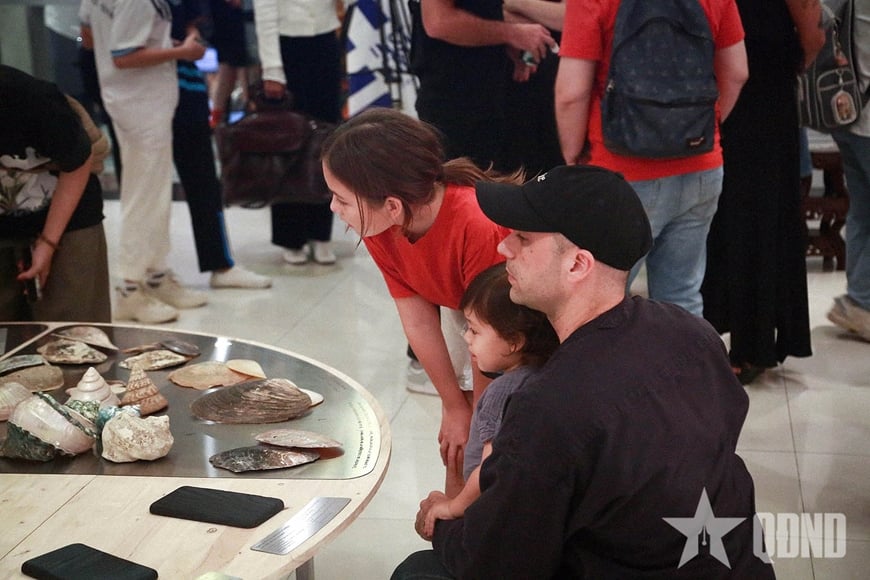

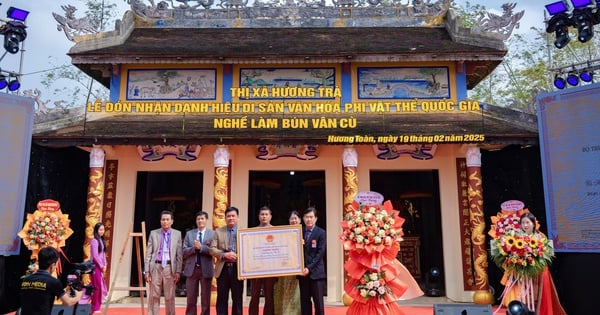

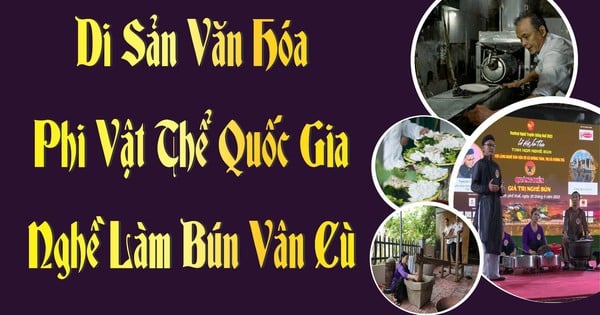
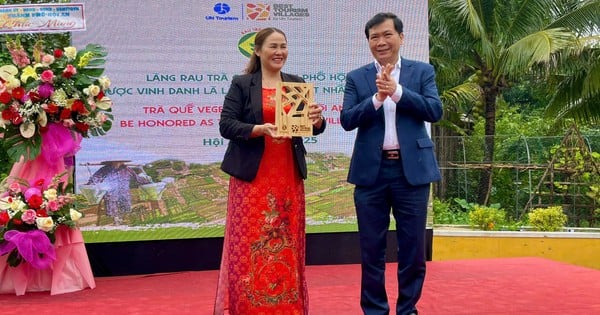
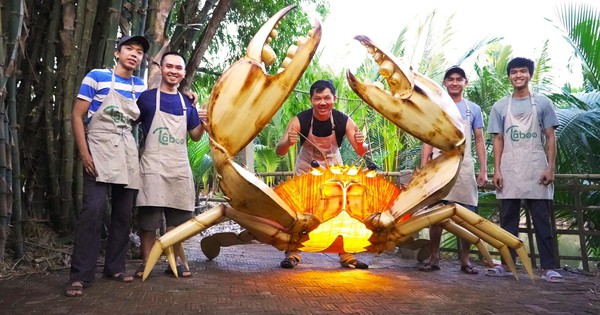

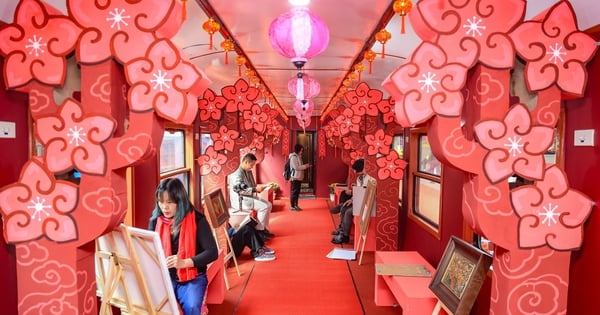

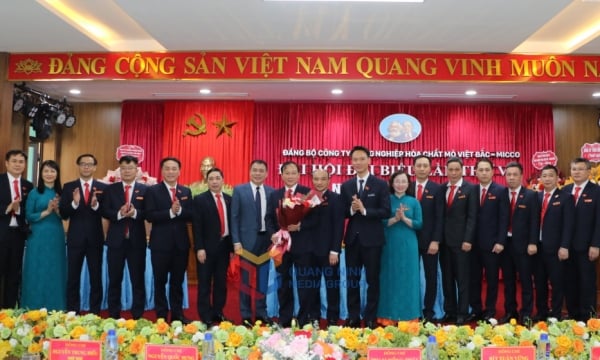
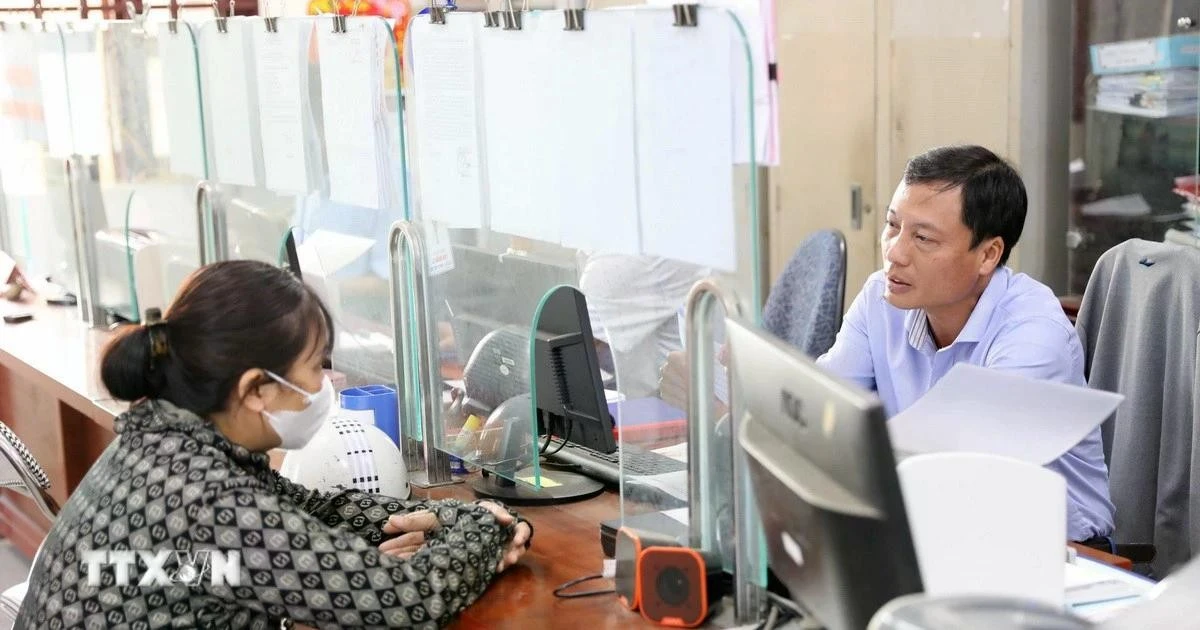
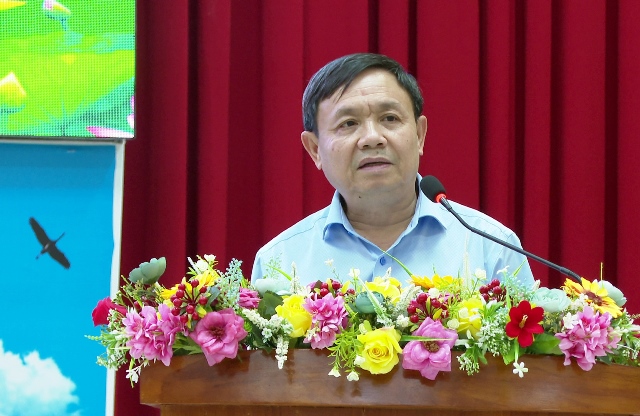
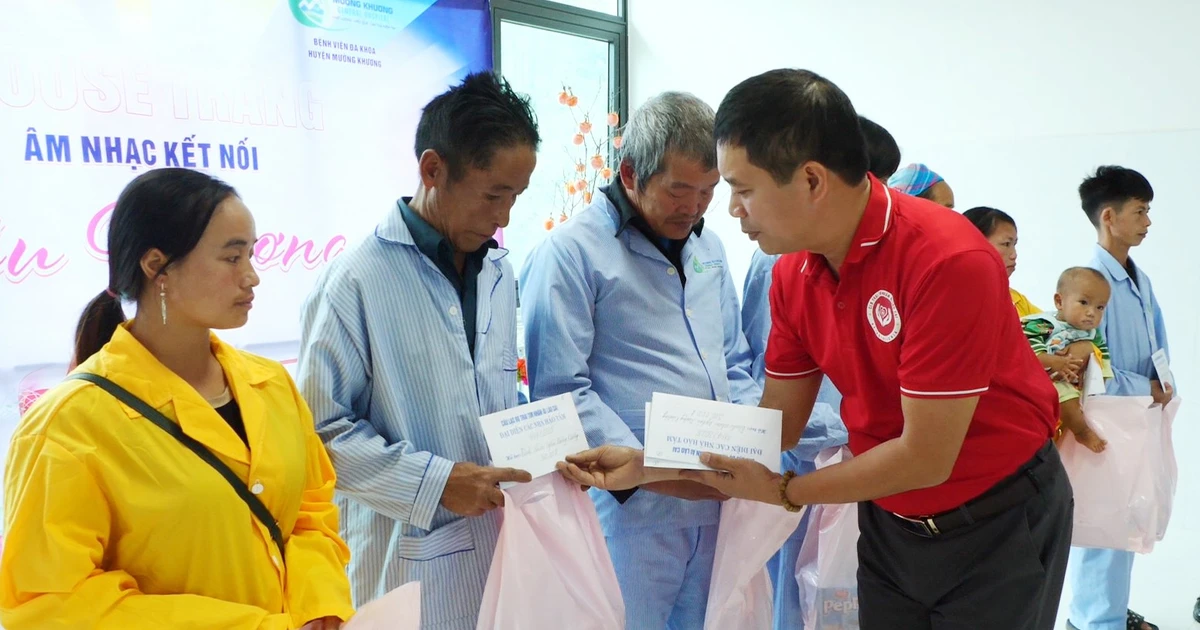

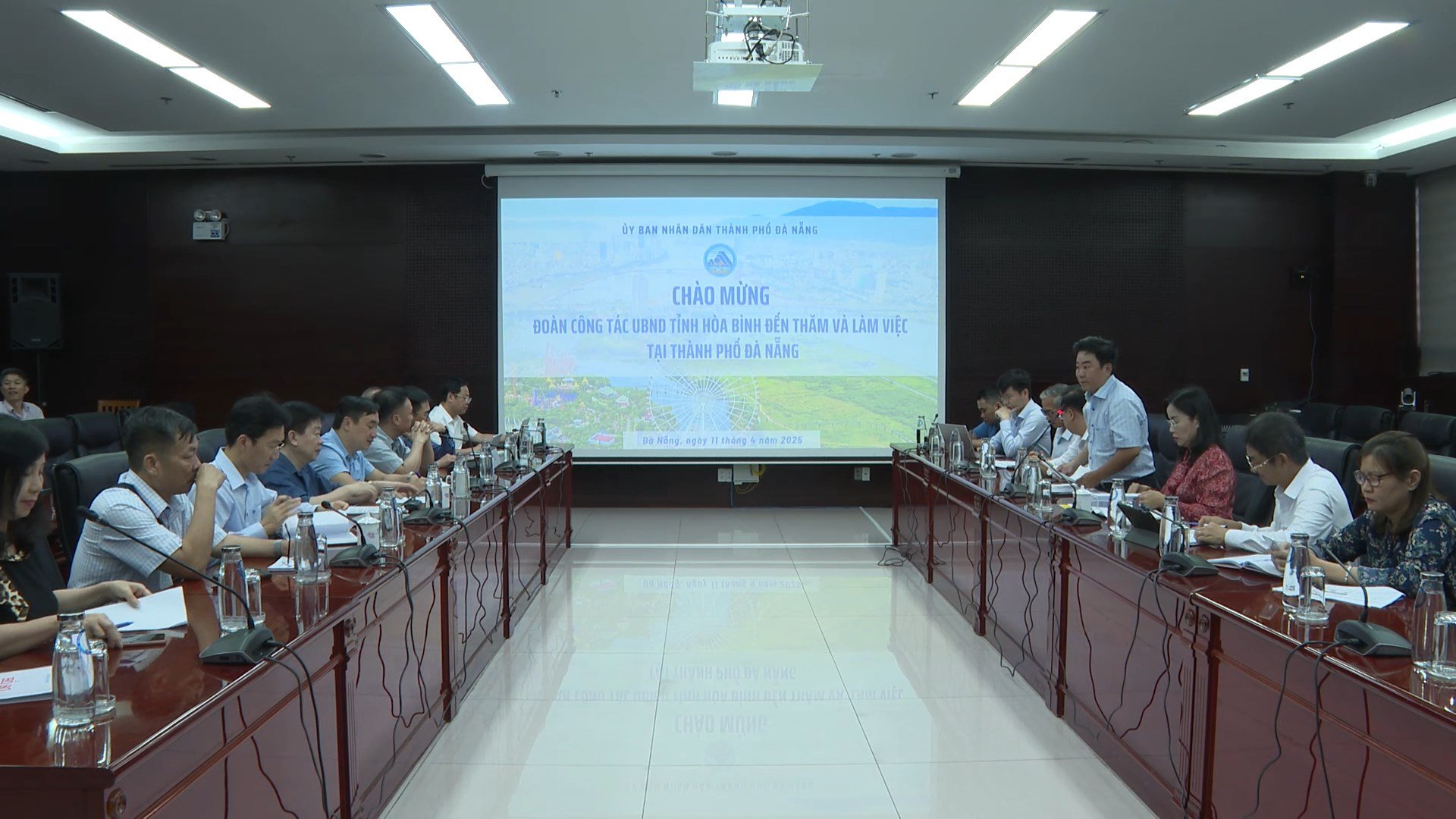


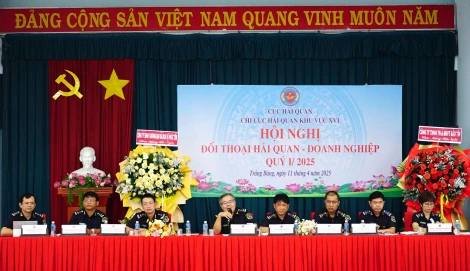
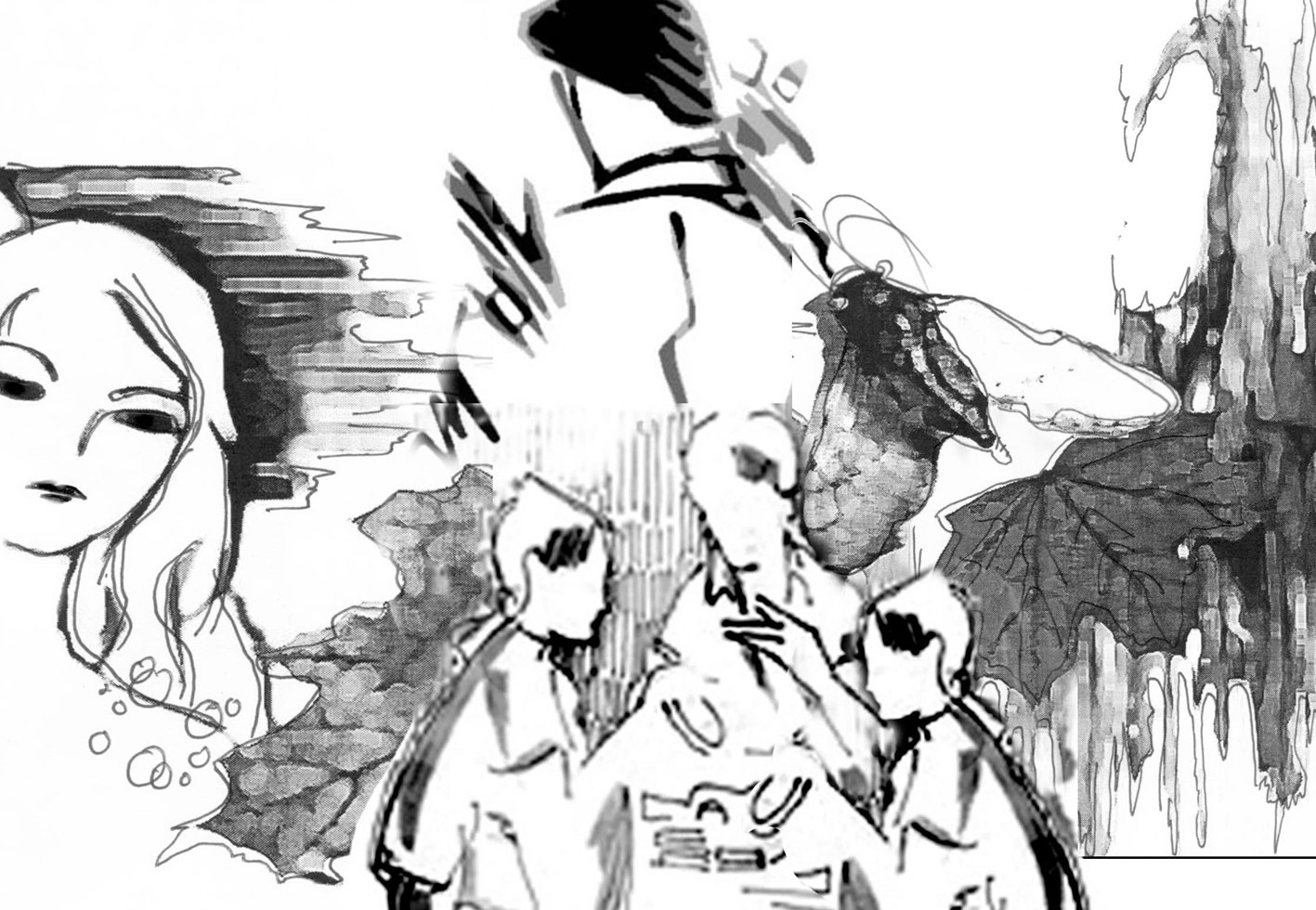
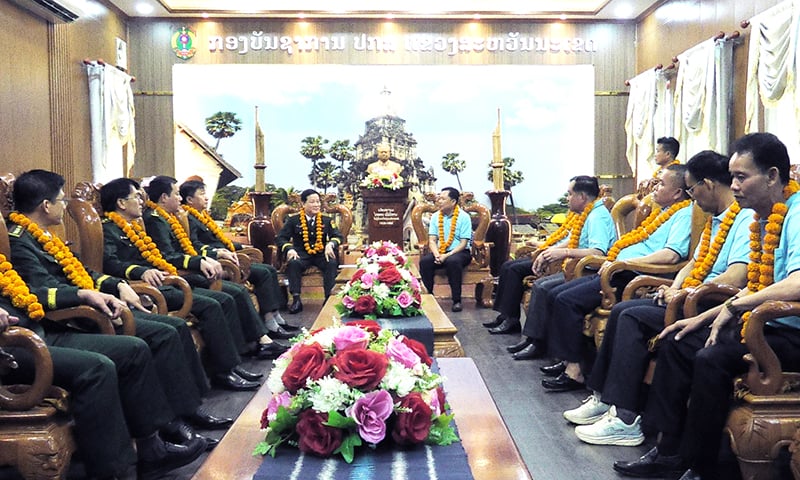
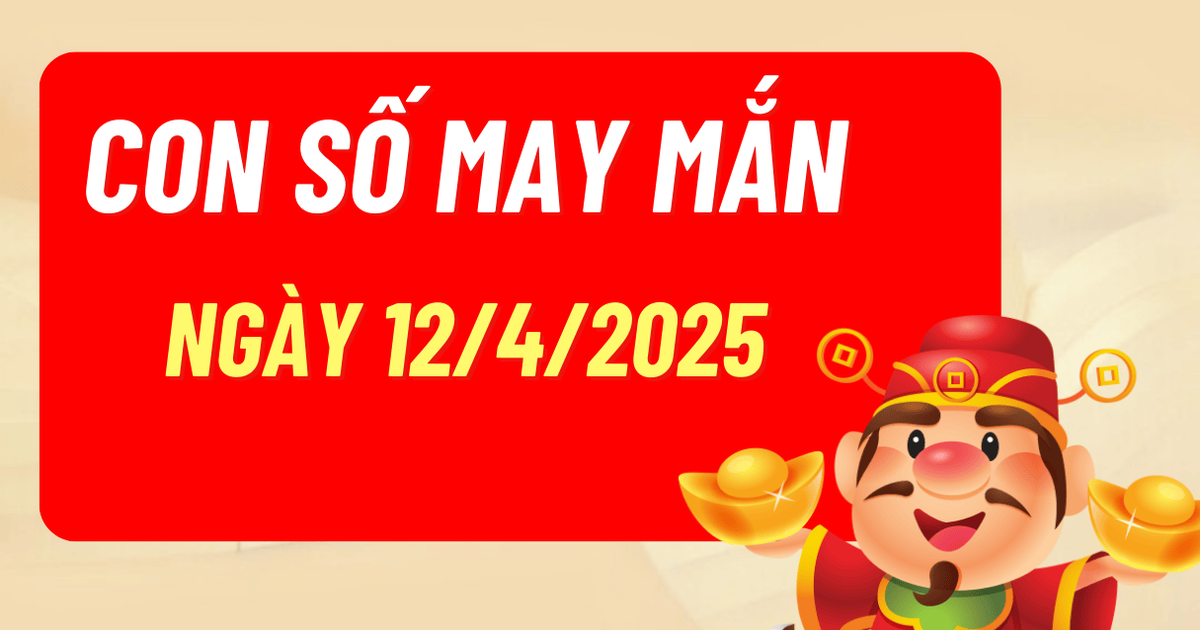
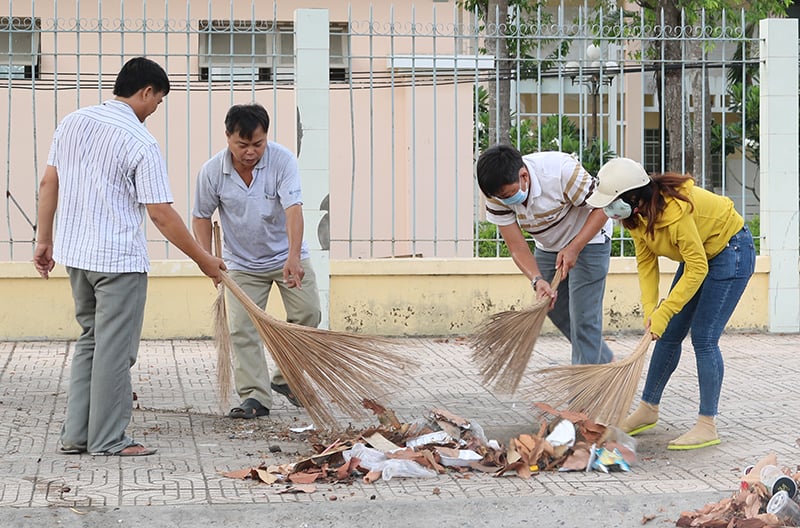
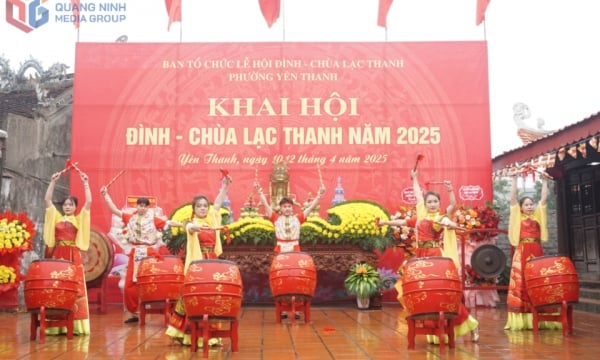

![[Photo] Summary of parade practice in preparation for the April 30th celebration](https://vstatic.vietnam.vn/vietnam/resource/IMAGE/2025/4/11/78cfee0f2cc045b387ff1a4362b5950f)





































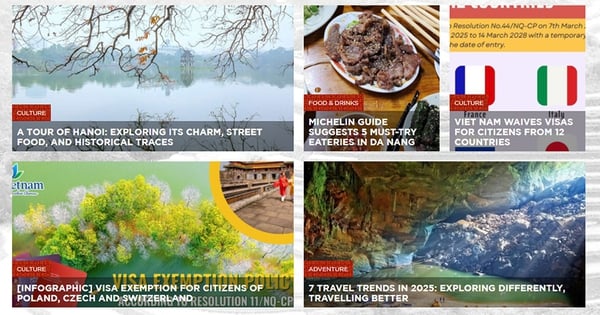

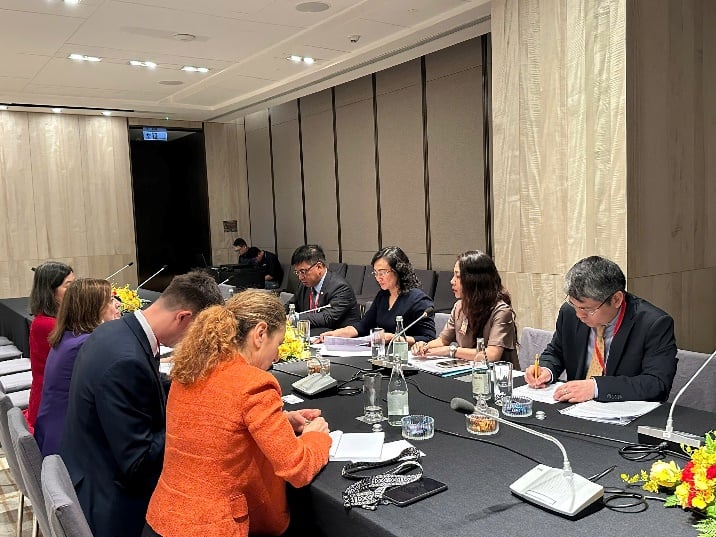
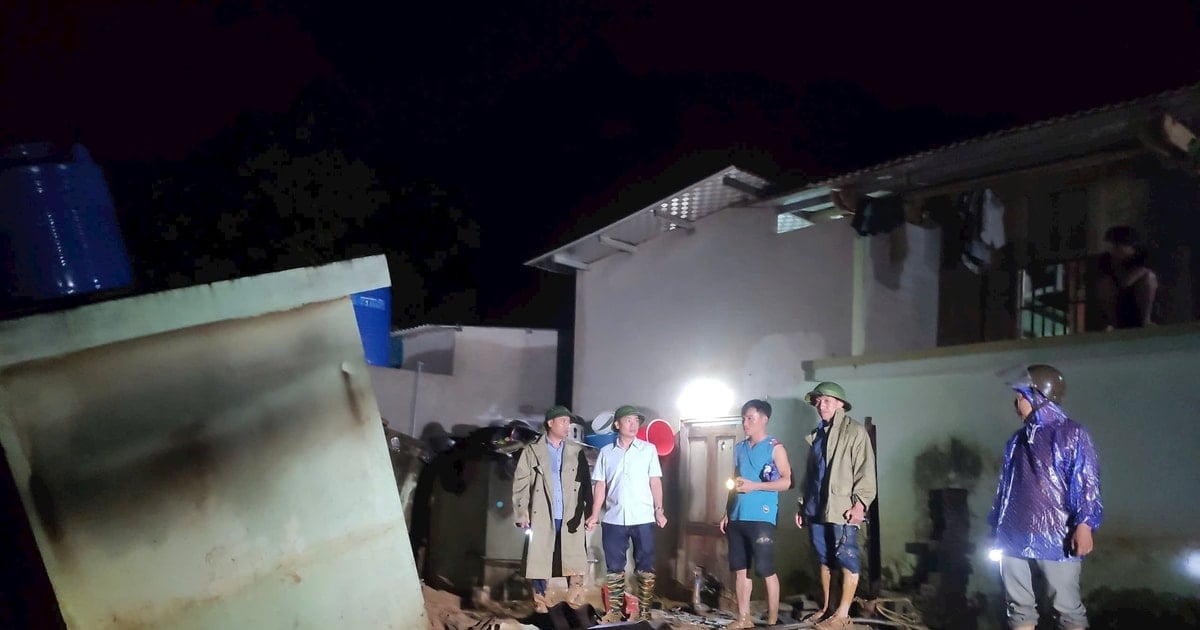

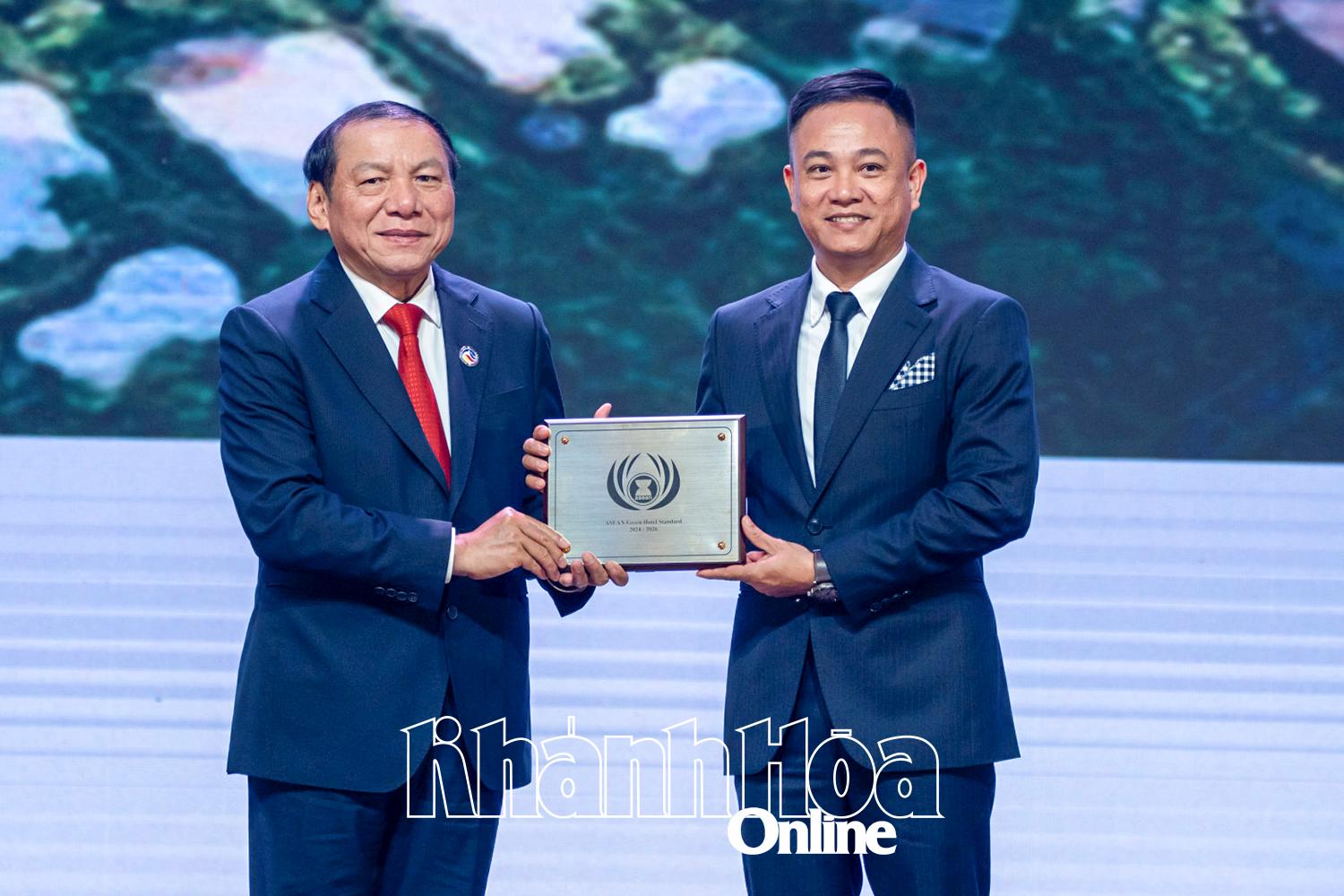

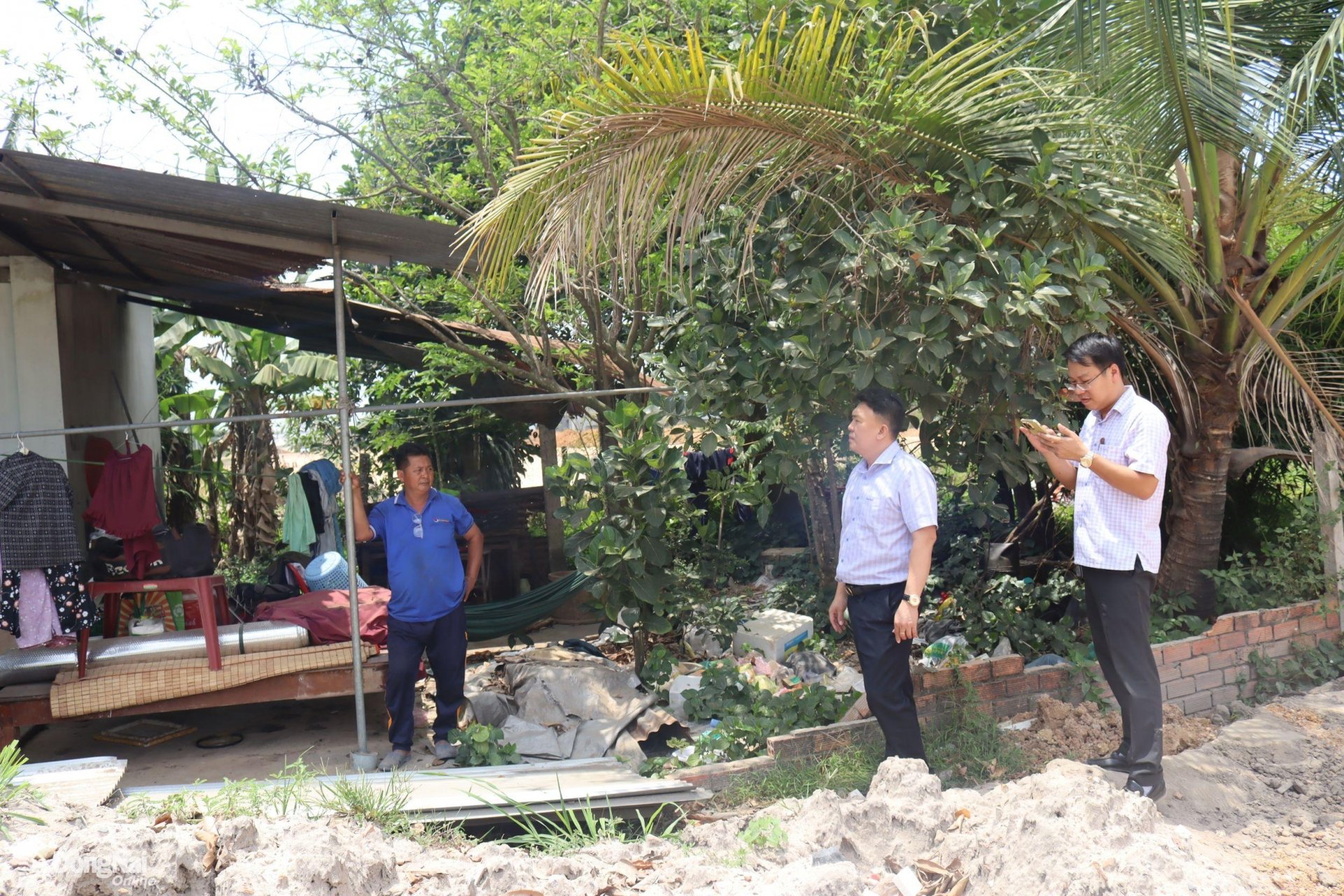

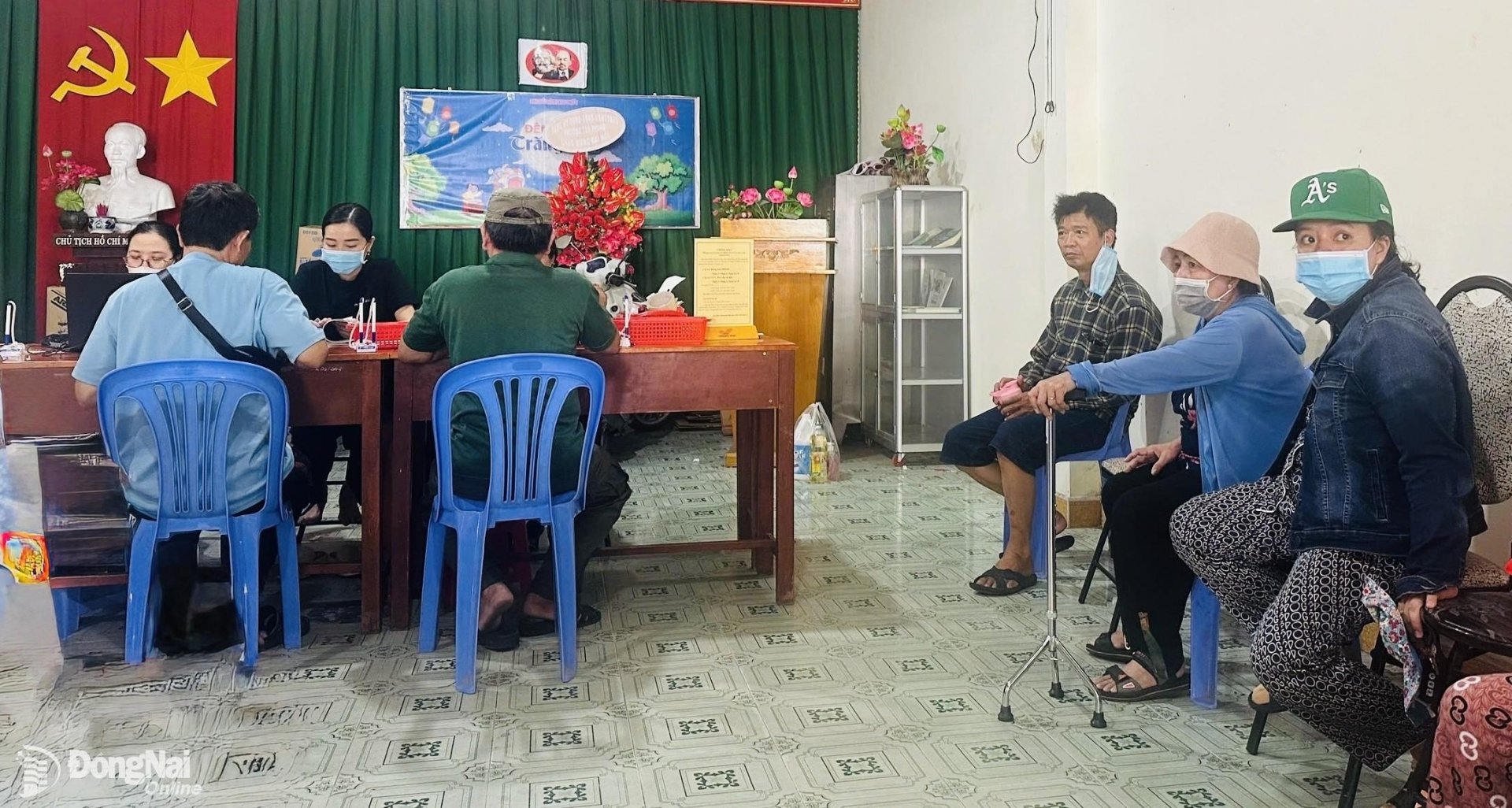












Comment (0)